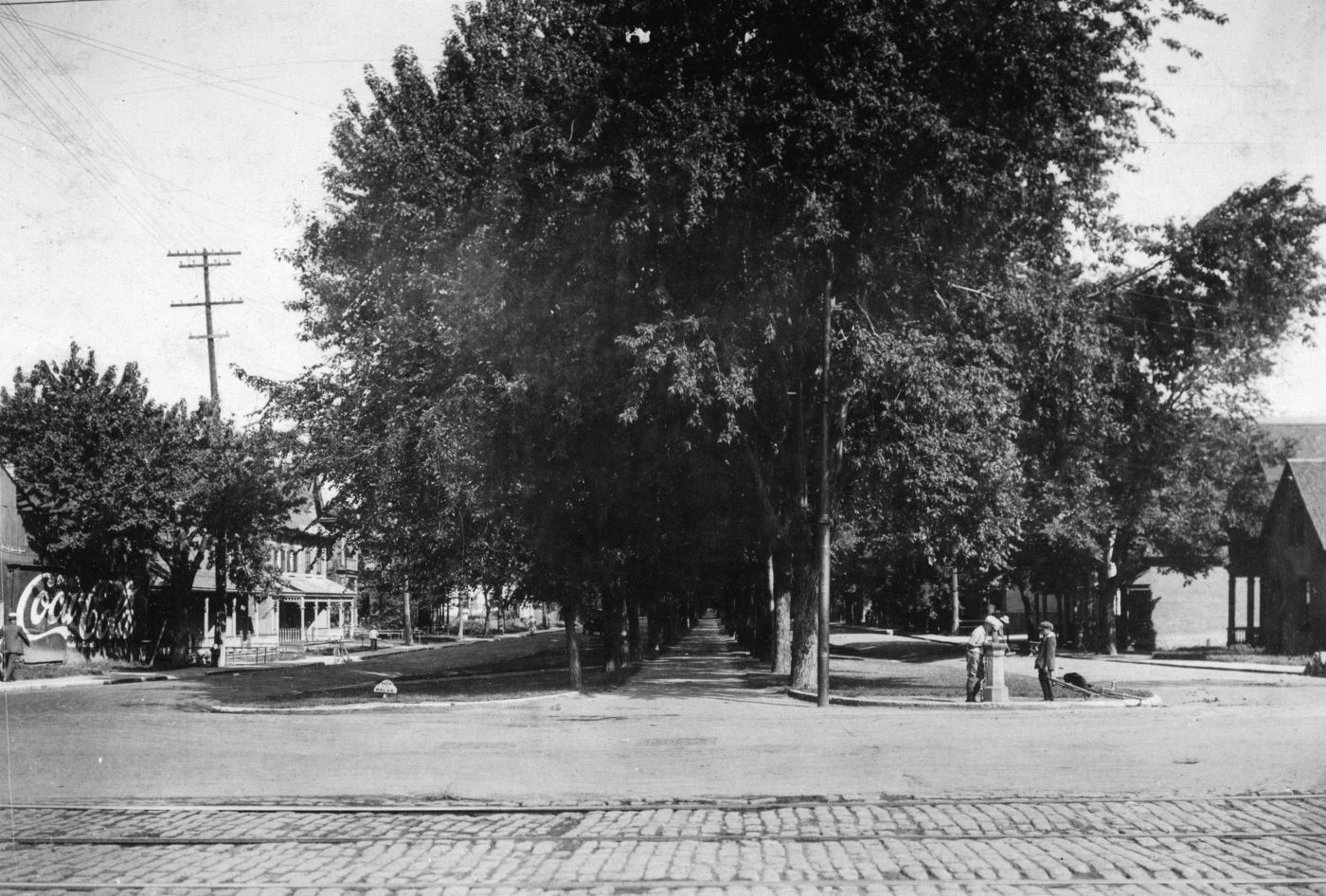On October 15, 1965, the Macdonald-Cartier Bridge is inaugurated with much fanfare by Canadian Prime Minister, Lester B. Pearson, along with his counterparts from Ontario, John Robarts, and Quebec, Jean Lesage. The atmosphere is celebratory. But this huge piece of infrastructure overlooking the Ottawa River conceals multiple human tragedies arising from the anguish of expropriation.
To build the access ramps, residents of more than a hundred houses along Boteler, Redpath, Baird and Earnscliffe streets in Lowertown are evicted. Most are Francophones. The redevelopment of King Edward Avenue, which connects the bridge to the new “Queensway,” has equally dramatic consequences for the community. The northern portion of the street is widened, forcing the demolition of houses also inhabited by several generations of Francophones. Further south, trees are the target of destruction. The giant elms growing in the King Edward median – trees which make the street one of the most beautiful esplanades in Ottawa – are cut down to facilitate traffic circulation. Residents lose their largest park and their sports field.
From that time on, King Edward Avenue, the centre of French life in Lowertown, is transformed into a noisy and dirty artery, carrying an endless stream of cars and heavy trucks. Even before the first houses are demolished in Lowertown East, the neighbourhood, has already lost its soul.

